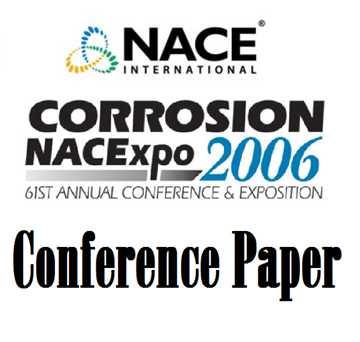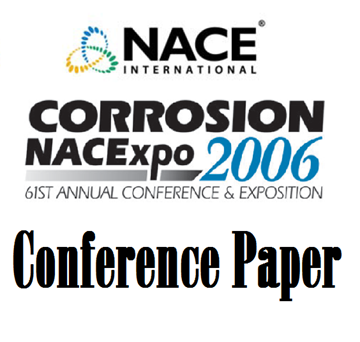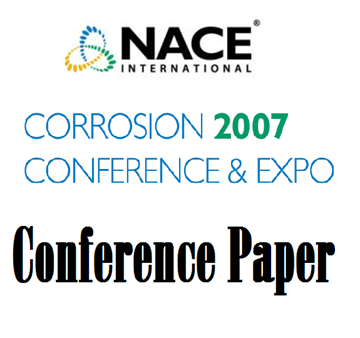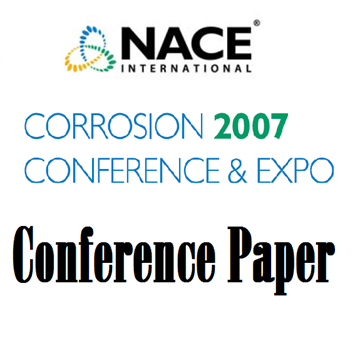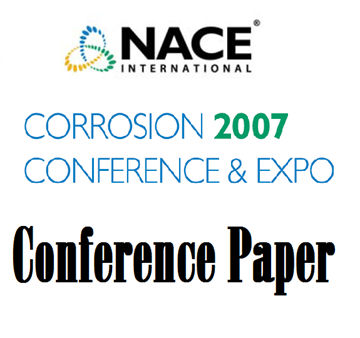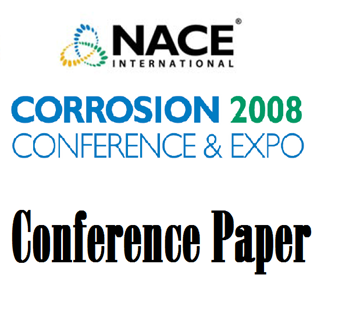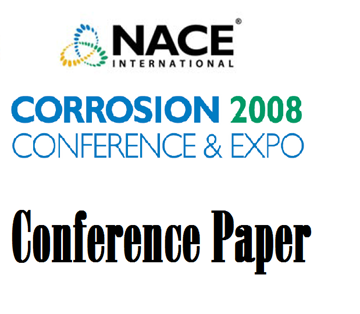Search
Corrosion Monitoring and Control
View as
Sort by
Display
per page
06156 OPERATIONAL LIMITS FOR AUSTENITIC STAINLESS STEELS IN H2S-CONTAINING ENVIRONMENTS
Product Number:
51300-06156-SG
ISBN:
06156 2006 CP
$20.00
06458 UNDER-DEPOSIT CORROSION MECHANISMS IN BOILERS
Product Number:
51300-06458-SG
ISBN:
06458 2006 CP
$20.00
06465 BOILER INSPECTION TECHNIQUES: Tools and Degradation Identification
Product Number:
51300-06465-SG
ISBN:
06465 2006 CP
Publication Date:
2006
$20.00
06536 CORROSION EFFECTS FROM HIGH IRON CONCENTRATION IN ALKALINE CHELANT BOILER CLEANING
Product Number:
51300-06536-SG
ISBN:
06536 2006 CP
Publication Date:
2006
$20.00
07114 Stress Corrosion Cracking of Nitronic 60 STAB
Product Number:
51300-07114-SG
ISBN:
07114 2007 CP
Publication Date:
2007
$20.00
07172 Through-Wall Radiography to Locate and Evaluate Internal Corrosion in Piping
Product Number:
51300-07172-SG
ISBN:
07172 2007 CP
Publication Date:
2007
$20.00
07205 Corrosion of Stainless Steel in Sulfamic Acid Cleaning Solutions
Product Number:
51300-07205-SG
ISBN:
07205 2007 CP
Publication Date:
2007
$20.00
07301 MIGRATING CORROSION INHIBITORS FOR REINFORCED CONCRETE STRUCTURES
Product Number:
51300-07301-SG
ISBN:
07301 2007 CP
Publication Date:
2007
$20.00
07570 The Top Ten Corrosion Issues Affecting HF Alkylation Units
Product Number:
51300-07570-SG
ISBN:
07570 2007 CP
Publication Date:
2007
$20.00
07675 Sensitization of Laser-Etched Surfaces in Stainless Steel Surgical Tools
Product Number:
51300-07675-SG
ISBN:
07675 2007 CP
Publication Date:
2007
$20.00
08090 Performance of Selected Corrosion Resistant Alloys Under Simulated Seawater Injection Conditions Downhole
Product Number:
51300-08090-SG
ISBN:
08090 2008 CP
Publication Date:
2008
$20.00
08150 A Case Study: ERW Seam Weld Failure
Product Number:
51300-08150-SG
ISBN:
08150 2008 CP
Publication Date:
2008
$20.00

